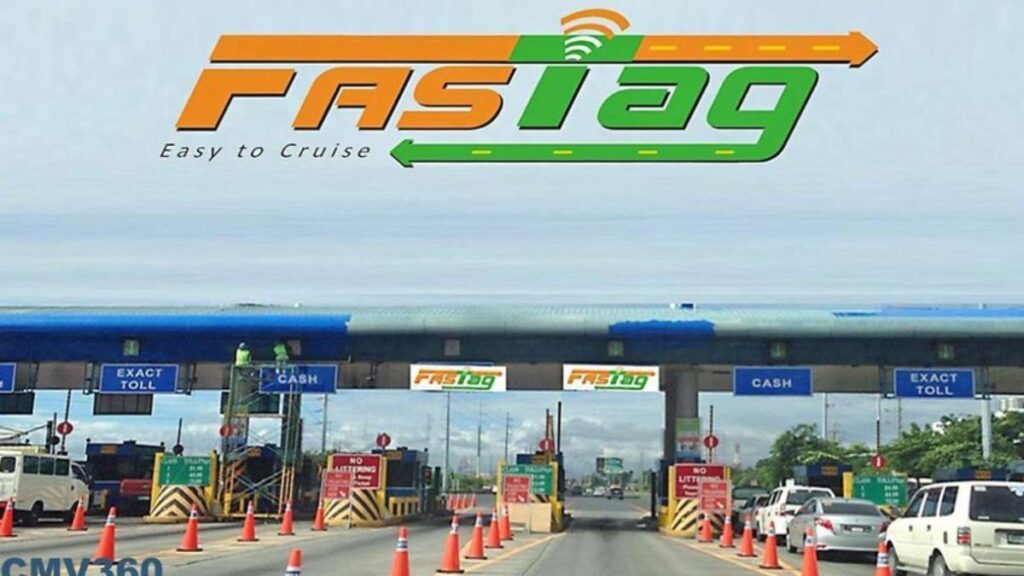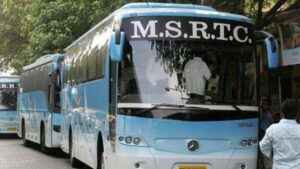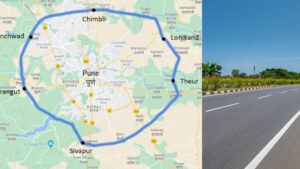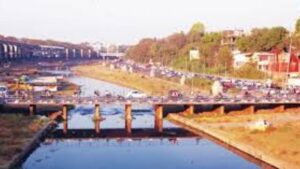No More FASTags, No More Stops: India to Roll Out GPS-Based Toll System from May 1, 2025

In a significant move set to transform road travel across the country, India will launch its GPS-based toll collection system starting May 1, 2025. This new system will gradually phase out FASTag and aims to bring smoother, faster, and more transparent tolling to national highways.
Out with FASTag, in with GPS
Since 2016, FASTag has helped reduce toll plaza queues using RFID technology, but it hasn’t been without its flaws. Misuse of tags, system glitches, and long lines at busy toll booths have prompted authorities to look for a more intelligent solution.
Enter GPS-based tolling. Instead of stopping at booths or relying on RFID tags, the new system will use GNSS (Global Navigation Satellite System) to track how far a vehicle travels and charge tolls accordingly. That means drivers will only pay for the exact distance they’ve driven on national highways—no more flat rates or fixed charges.
How it works
Every vehicle will be fitted with an On-Board Unit (OBU). As you drive, this unit communicates with satellites to track your movement. The system calculates your toll in real-time and deducts the amount automatically from your bank account or digital wallet. No stopping. No waiting. No manual payment. Just drive through.
Why this matters
- Fair pricing: Toll is calculated based on distance, ensuring you pay only for what you use.
- No congestion: With toll plazas becoming obsolete, expect smoother highway traffic.
- More transparency: Automated tracking and payments reduce human error and scope for corruption.
- Greener roads: Less idling at toll booths means lower emissions and better fuel efficiency.
Phased rollout starts with commercial vehicles
The National Highways Authority of India (NHAI) will start with commercial vehicles—mainly trucks and buses. Private vehicles will follow in the subsequent phases, allowing time to fine-tune the system and iron out technical issues.
What about privacy?
To address privacy concerns, the system will rely on NavIC, India’s homegrown satellite navigation system. This ensures all vehicle data remains within national borders, offering better control over security and data usage.
What you need to do
Vehicle owners are advised to stay updated and ensure their vehicles are equipped with OBUs ahead of the rollout. The government is expected to share guidelines and assistance soon to help with a smooth transition.
As the country gears up for this major digital shift in toll collection, Indian commuters can look forward to a more efficient and hassle-free highway travel experience.







